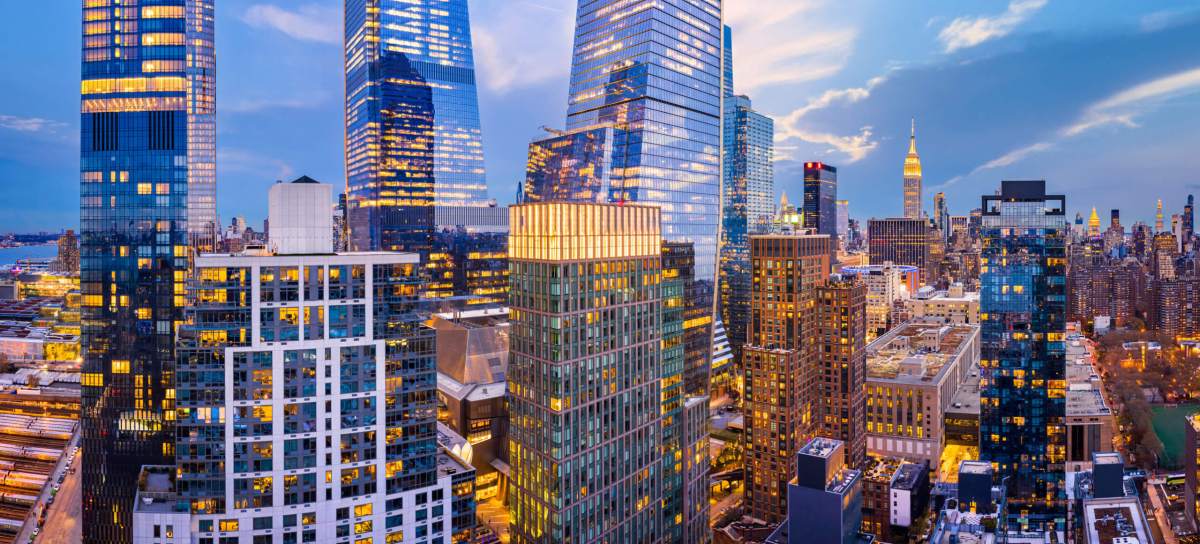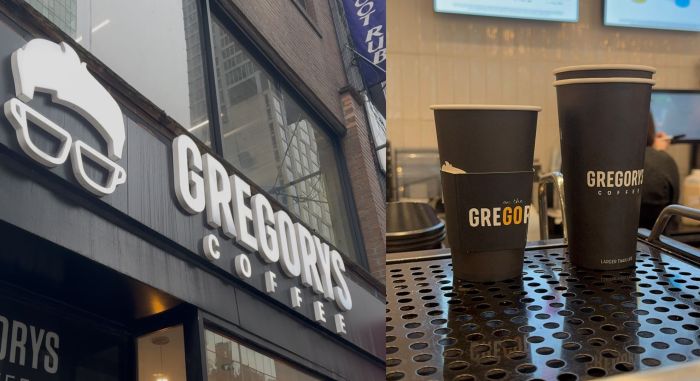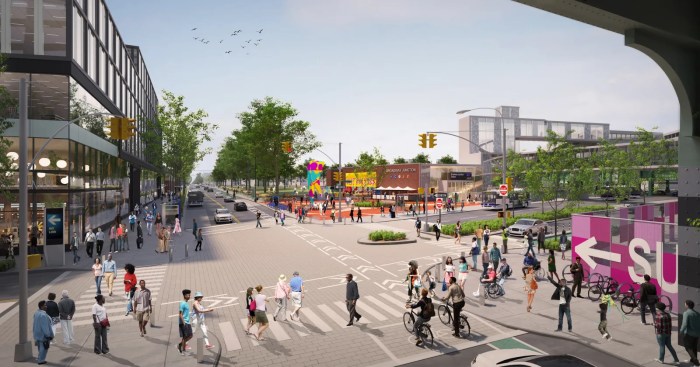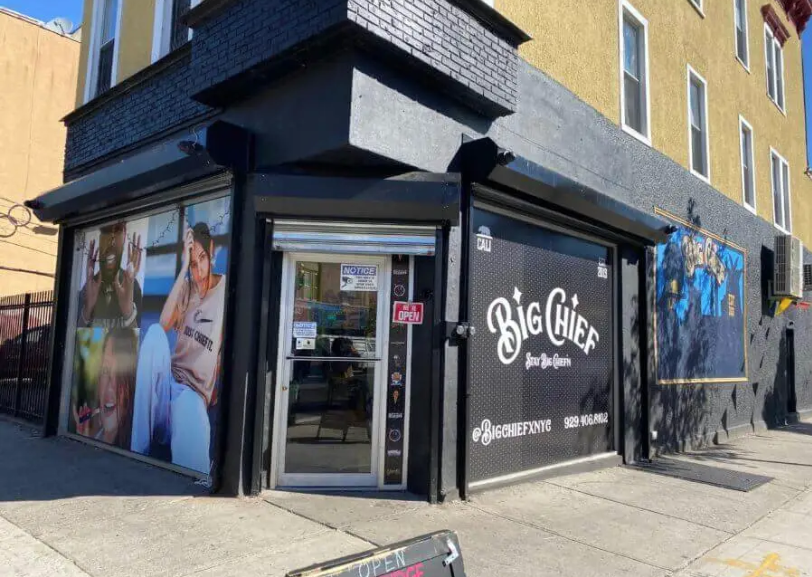For the past quarter century, New York was the safest big city in America. Maybe it still is, but we no longer feel that way. What has changed?
Rising crime gets most attention when it comes to negative perceptions about the safety of the city. Hardly a day passes without headlines featuring tragic shootings, smash and grab robberies, brazen shoplifting, senseless hate crimes, and violence against subway riders and transit workers.
Statistics released last week by the mayor and NYPD support the argument that the criminal justice reforms enacted by the state in 2019 have contributed to increased recidivist offenses by a relatively small number of repeat offenders.
But the crime statistics, while troubling, do not explain the level of anxiety and frustration New Yorkers feel about conditions in their city. In the past few years, this has become a less “livable” city, making it feel less safe. Shootings are down this year, thanks to the efforts of the mayor and NYPD, but we have a scourge of illegal dirt bikes brazenly speeding through red lights; rampant fare evasion on subways and buses; seemingly permanent scaffolding structures creating dark hideaways on our sidewalks; drug trafficking and use in high visibility locations; and, perhaps most discouraging, intolerable levels of litter, garbage, and rat infestation.
These conditions did not start with the pandemic. A crucial contributor may have been legislative action that dates to 2016, when the New York City Council and the de Blasio administration decriminalized so-called quality of life offenses, changing longstanding standards for how seriously we take violations like littering, public urination, and public consumption of alcohol and drugs. Arguably people should not go to jail for these offenses, but they also should not be deemed acceptable behavior.
Mayor Eric Adams was elected to make our city safe and livable. He is taking action to do that, for example, with increased police presence in the subways, getting unprecedented numbers of illegal guns off the streets, expanding funding for violence interrupters, tightening policies around garbage storage and collection, and expanding psychiatric beds and services.
But the mayor cannot achieve a safer and more livable city on his own, nor will fixing the criminal justice laws and processes be the cure-all solution for what makes New Yorkers feel unsafe.
In July, 61 New York corporations joined the mayor to announce a partnership with the city to increase services to homeless individuals living on the streets, most of whom have medical and substance abuse issues or mental health challenges. Business is stepping up to fund increased outreach services to help these individuals get housing, health care, and hopefully a better life.
This initiative is a response to a survey of office employees in which over 90% cited homelessness and mental health conditions as their primary concern about the future of the city. They asked their companies to do something, and the result was to underwrite a compassionate model known as “Connect to Care” pioneered by the nonprofit Breaking Ground.
If we want our city to feel safe and secure again, we cannot stand by and ask government to solve every problem. New Yorkers have it within their power to take the collective actions to ensure that we remain the safest big city in America and the world.
Kathryn Wylde is President and CEO of the Partnership for New York City.
Editor’s note: This is the first in a series of op-eds from concerned New Yorkers about the major problems facing the Big Apple and how to best fix them. We thank the Partnership for New York City for their cooperation and assistance in bringing this series to you.





































